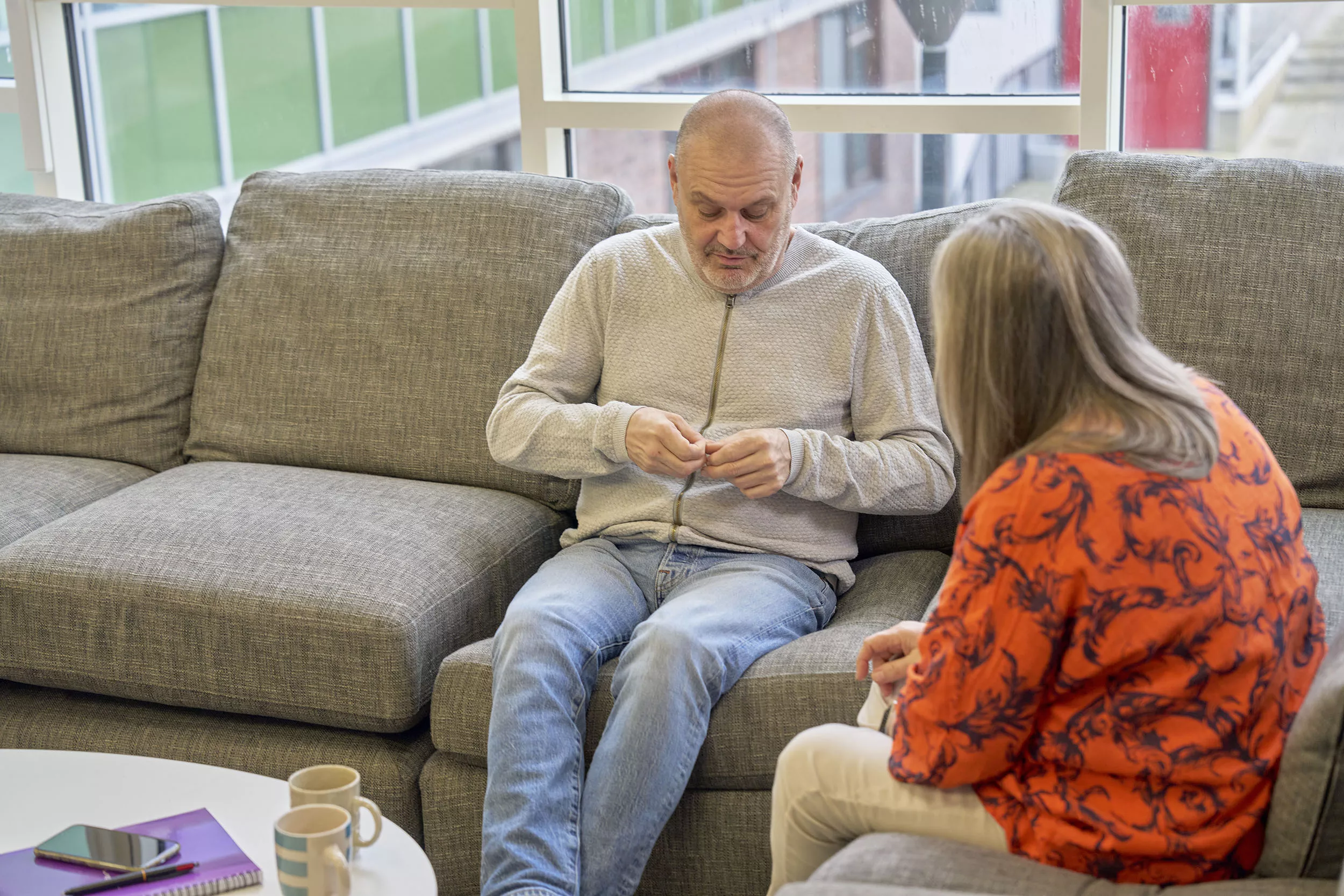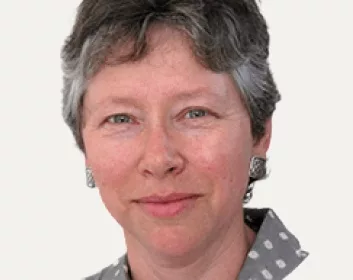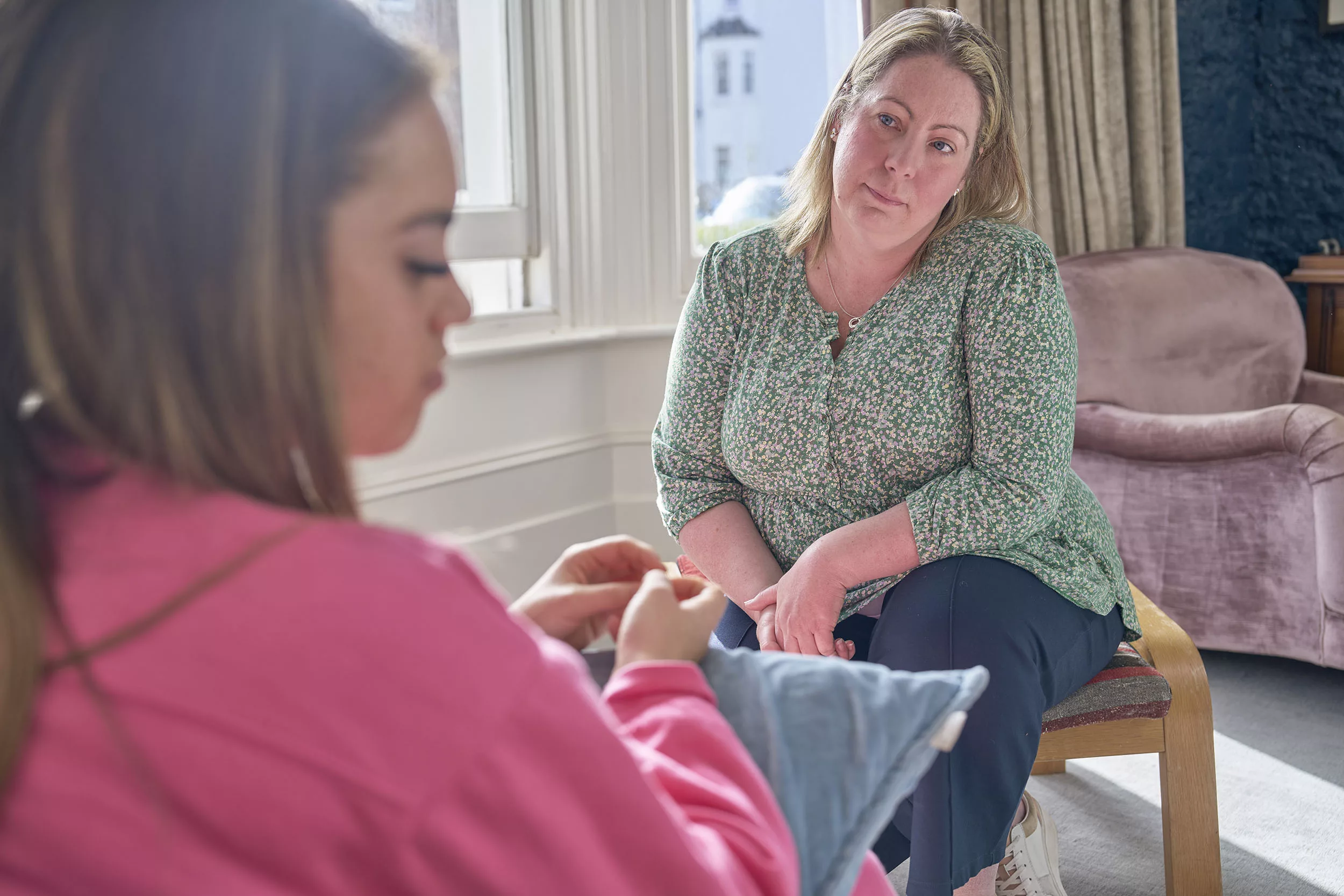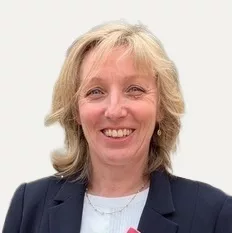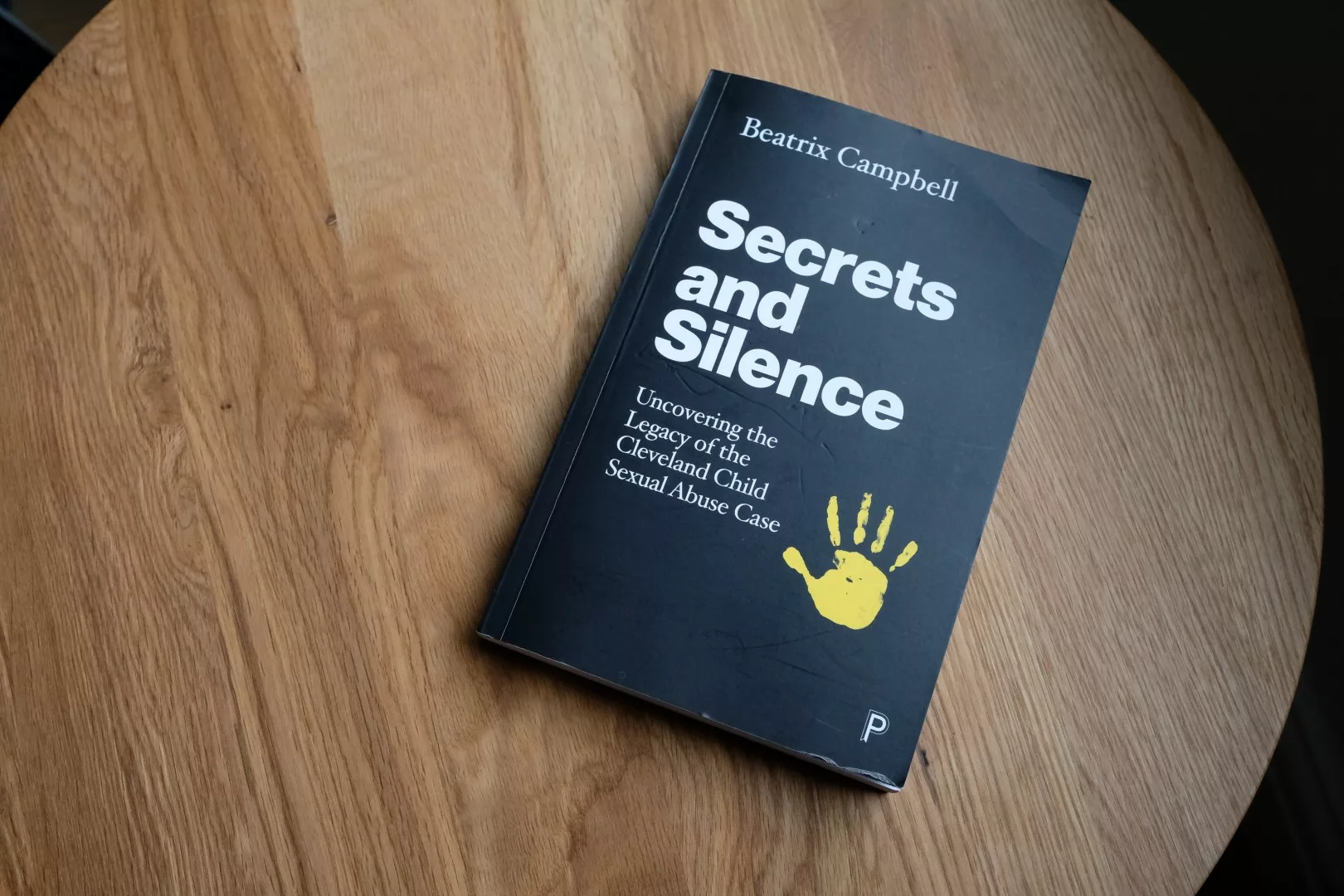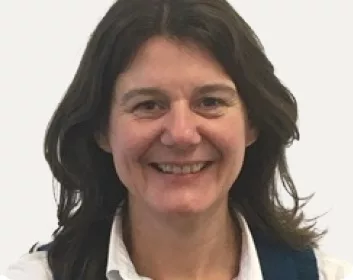In this blog I welcome the publication of I will be heard, the final research report summarising the findings of the Independent Inquiry into Child Sexual Abuse (IICSA)’s Truth Project. It is born out of my disappointment that the launch of IICSA’s main report, after seven years of work, had the misfortune to be somewhat eclipsed by another major national news story that day.
The Truth Project gathered testimonies from adult victims and survivors of child sexual abuse for nearly six years, allowing them to talk about what happened to them in their own way, with particular care taken for their welfare in the telling. It represents a unique achievement, and everyone concerned should be very proud.
My own feelings about this are coloured by the knowledge that friends of mine who were sexually abused as children did not provide their accounts there, for fear of the effect this might have on them. So it is very clear to me that there will have been an emotional cost to every one of the over 6200 people (of whom 5862 gave consent for their account to be used for research) who did decide to do this, even though many also reported benefits from telling their truth.
The Truth Project
So the Truth Project gathered together an enormous dataset of more than 5,800 accounts which was not collected in a conventional ‘research’ way – ‘facilitators’ (40 to 50 at any one time) carefully collected each survivor’s account. The ethos was to let the participant lead the conversation, so the subsequent analysis will have been taxing to the team to create such a coherent analysis as we see now in the final report. The Truth Project data has already contributed towards six thematic reports focusing on specific institutions, and to IICSA’s main report.
Though not statistically representative this is a very large sample, in a field where research is particularly difficult and provides insights that will be really useful to researchers and practitioners. The authors have been careful to look at other existing research to contextualise their findings – Appendix D literature relating to institutional abuse, and references throughout. For more representative data our Scale and Nature report can help, but of course we lack so much information due to the limited nature of existing studies.
Of course, the report is a very painful read, as it has to be. It goes beyond reporting on the facts of the abuse described, which is of course grim, to draw upon victims and survivors’ understandings about how it was that they were abused, how it came to light (if it ever had) and of course how organisations failed them.
The experiences represented found that sexual abuse continued, on average, for four years. Nearly half (47%) of the abuse started before children were 8 years old. As we have seen indicated in wider research, just over half said that they experienced other forms of abuse and neglect alongside the sexual abuse. The great majority of perpetrators were male (89%); and a significant minority of children were of abused by other under 18s (14%) although the majority abused by adults. Almost half of participants had a current disability at the time that they attended the Truth Project, whereas 7 % said they had a disability as a child, when the sexual abuse took place.
What led to organisational failure to protect children from sexual abuse?
The overarching research question was ‘What similarities and differences are there in victims and survivors’ experiences of child sexual abuse across different time periods and institutional contexts?’ Thematic reports have already been published on religious institutions, children’s homes and residential care, custodial institutions, sports, healthcare and schools and this report also looks at familial, foster care and defence forces contexts. It is notable that although the Inquiry’s focus was mainly on institutional contexts, 47% of the accounts given to the Truth Project came from those abused within the family.
There are many accounts of grievous organisational failure. Only two apologies were reported within this dataset. There were two patterns identified in organisational cultures that could fail to protect against sexual abuse: informal and relaxed – where there was over-familiarity between professionals and children, allowing perpetrators to groom and abuse children, or strict and controlling – with aggression, bullying and violence around the sexual abuse.
Telling
This report closely reflects themes that we at the CSA Centre have been prioritising, based on professional and expert by experience knowledge as well as research evidence. There is an important section about disclosure and the aftermath of child sexual abuse, with patterns varying across institutional contexts. The majority did not disclose at the time they were being sexually abused, though 33% did. In fact, for 9% their account to the Inquiry was the first time they had told anyone. Most in the qualitative sample reported not being asked directly or prompted, although they felt that the signs should have been clear.
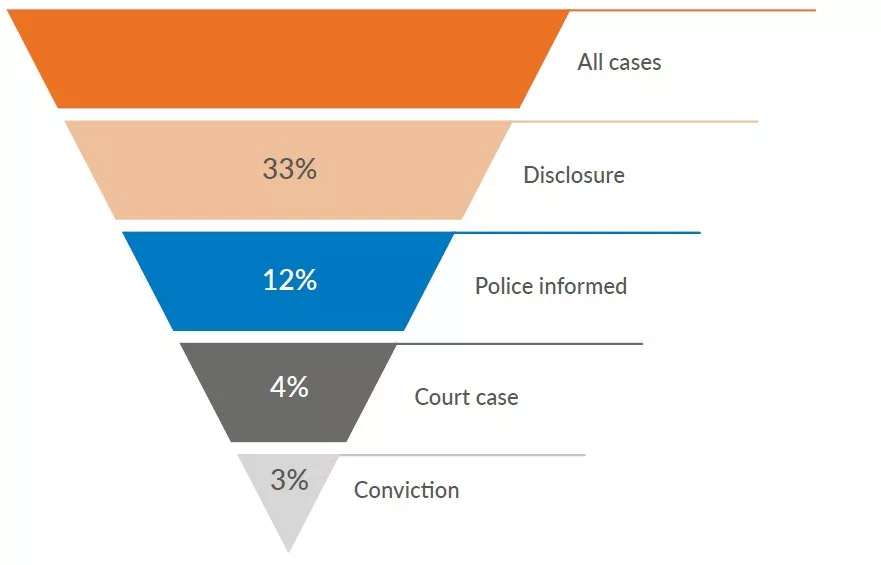
Figure 5.6 Attrition of cases from disclosure of child sexual abuse at the time it was being perpetrated, to police being informed, to charge/criminal proceedings and conviction
Suggestions for change
In its role of giving a voice to victims and survivors, this report includes in each section ‘suggestions for change’ from participants. These should be considered in addition to the twenty recommendations highlighted in IICSA’s main report, and the accumulated 87 recommendations made in all of its reports. Most commonly, these focus on increasing awareness of child sexual abuse, and strategies to prevent it or identify it quickly and respond effectively to end it. Many recommended training for professionals. ‘Not having anyone to disclose to’ was the most common reason given for not having disclosed, and victims and survivors wanted to see wider societal awareness as well as more care and supervision of children. And the need to believe children.
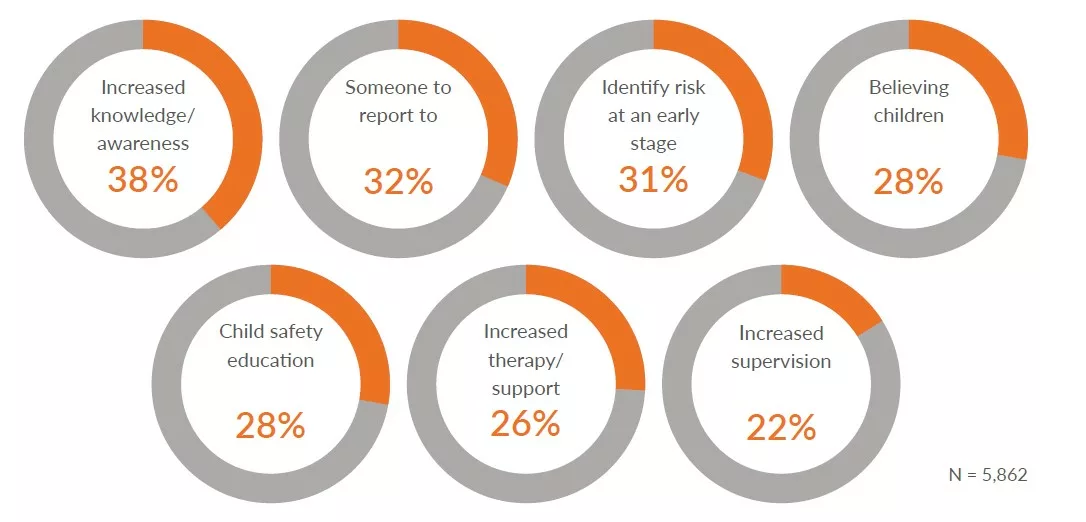
Figure 7.1 Suggestions for change made by Truth Project participants
Other resources from IICSA
This report, alongside IICSA’s main report, will be key resources moving forward in better understanding child sexual abuse. But there is also much else on IICSA’s website that is important to look at and I encourage you to explore. Work drawing on the Truth Project includes its dashboard; the thematic reports on each of six institutional settings, plus some victims and survivors’ individual accounts are summarised on the website, in searchable form. There is also the data compendium, which provides the background data both for this Truth Project analysis and for the other unique data quoted in the main report, which IICSA could require from services due to its special legal status as an Inquiry. I also recommend IICSA’s other research work. Examples include the important historical study – Deflection, denial and disbelief, and an unusual study that interviewed people who had been convicted for child sexual exploitation alongside others. There is also this study of a representative sample of survivors, looking at their experiences of support services, and the engagement study looking at child sexual abuse in ethnic minority communities “People don’t talk about it”: Child sexual abuse in ethnic minority communities | IICSA Independent Inquiry into Child Sexual Abuse.
Please do have a read of this report, and the other material that the Inquiry leaves us with. This has been an historically important process in a whole lot of ways, including its contribution to increasing knowledge about child sexual abuse. Let’s make the most of it!

